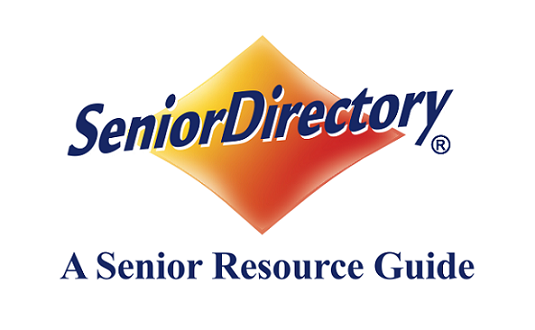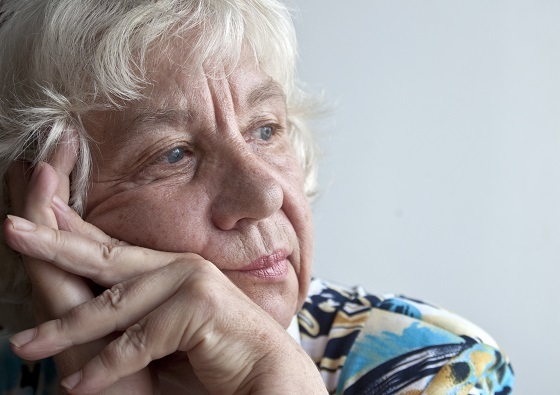
Assisted Living Definition
Assisted living is a senior housing option for aging adults that provides the resident with assistance in performing activities of daily living (ADLs). Assisted living does not refer to help in the home but rather when one moves into an assisted living facility. The level of care at an Assisted Living facility is above that of a 55+ active adult community and independent living retirement home, yet below the 24-hour medical care of a nursing home. Focusing on the primary philosophy behind their origination, the aim of an assisted living facility is to keep the resident independent; therefore the level of care excludes most medical treatments and is limited primarily to non-medical care.
Services include:
- Activities of Daily Living – self performance activities such as bathing, homemaking, feeding, grooming, dressing, and going to the bathroom.
- Prepared meals – typically three meals a day served in a dining hall. Some facilities have scheduled meals while others have open dining.
- Transportation – to doctor and dental appointments.
- 24 hour security
- Social Activities – bingo, movie nights, etc.
- Fitness and Exercise Programs
- Laundry Services
- Emergency Response Systems – designed to protect the resident with one click of the button for immediate assistance.
- Medication Management – assures medication is being taken at the correct time and in the proper dosage.
Rooms, Amenities & Safety Precautions
Assisted living facilities range from small to large. An undersized home might be as few as 5 units (rooms) while the largest facilities could be up to 500 units. Most range from between 50 to 150 units. Units consist of both private and semi-private rooms. A private room is one in which the resident lives alone. These rooms could be as simple as merely a small bedroom and bathroom to as large as full apartment with a bedroom, bathroom (wheelchair and walker accessible), living room, dining room and kitchen. Semi-private units are shared apartments with two residents living in them. Not all facilities offer semi-private rooms so it's important you ask before making a decision to move yourself or a loved one in. Semi-private units are ideal for couples who want to remain together in their transition from years together in their home to their new stage in life in senior housing.
Depending on the facility, amenities may include:
- Dining Hall
- Fitness and Wellness Center
- Library
- Parlor
- Gaming Rooms
- Hair Salon
- Pool
- Patio and Deck Area
- Small Café
Safety Precautions
Safety regulations are of the utmost importance in any assisted living facilities. Most facilities do a good job of blending their safety precautions into the design of the building so they don’t stand out and interfere with the feel and ambiance. Pay extra attention when touring a facility for saftey precautions.
Safety precautions may include:
- Handrails on walls for walking
- Enlarged elevators for wheelchair and walker accessibility
- Ramps
- Emergency exit signs
- Non-stick floors (especially in bathrooms and tiled areas)
- Good lighting in hallways and apartments
What if the resident needs medical care?
Due to the fact that assisted living facilities do not provide medical attention, if a resident requires medical care there are several ways to go about it. First and foremost, you must determine the level of care needed. For doctors and dental appointments the assisted living facility will certainly provide transportation to and from the appointment. If it is determined that the resident is in need of short-term medical attention then it is recommended to hire an in-house doctor or home health agency. If health has deteriorated to the point where long-term treatment is required then the resident must be relocated to a nursing home, also known as a skilled nursing facility. Many assisted living facilities have an attached skilled nursing unit which is a great benefit because the resident can stay on the same campus. Some campuses, known as Continuum Care Retirement Communities (CCRC) have as many as four different units - independent retirement home, Alzheimer/memory care unit, assisted living facility, and skilled nursing facility. Unfortunately, if the health of resident deteriorates the point where immediate and urgent medical treatment is required then the resident must go to a hospital emergency room immediately.
What if the resident needs Dementia, Memory Loss or Alzheimer's Care?
Because those living with memory loss require a different level of care than those living without it, many assisted living facilites offer a secured Alzheimer's unit to fulltill that need. This section is "secured" because it is located in a separate part of the building, demands different regulations and safety precautions, and typically will have different nurses on staff. It is also considered secured to protect residents without memory loss.
Other common names for assisted living:
- Adult Care Home
- Adult Group Home
- Alternative Care Facility
- Board and Care
- Congregate Care
- Personal Care
- Residential Care
Choosing to make the transition to move away from home and into senior housing can be difficult for both the senior and the family. It’s important to remember that each state has its own laws and regulations governing senior housing, and therefore extensive research is advised. If you have any questions, would like to compare costs and services, or are simply looking to find out more information, our FREE care counselor is here to help at 1-800-955-8510.
Published by Alex Mizer at Senior Directory, LLC on February 13th, 2014


Comments